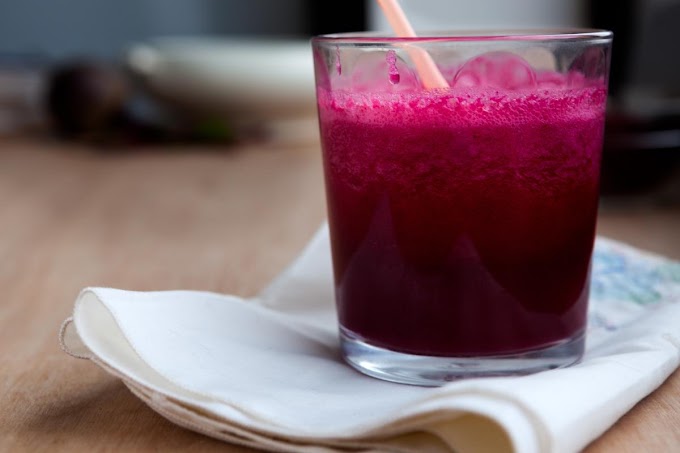Ingredients You’ll Need
The beauty of homemade pasta lies in its simplicity. You only need a few basic ingredients, most of which you probably already have in your kitchen:
Flour: The foundation of your pasta dough. All-purpose flour works well, but for a more authentic Italian touch, use "00" flour, which is finely ground and gives the pasta a smooth texture.
Eggs: Eggs add richness and structure to the dough. The traditional ratio is one egg per 100 grams of flour.
Salt: A pinch of salt enhances the flavor of the dough.
Olive Oil (optional): Some recipes call for a splash of olive oil for added elasticity and flavor.
Step-by-Step Guide to Making Pasta Dough
1. Measure Your Ingredients
For a simple pasta dough, start with 200 grams of flour and two large eggs. This quantity will yield enough pasta for about two to three servings. If you’re feeding more people, simply scale up the recipe.
2. Create a Flour Well
On a clean, flat surface, pile your flour into a mound and create a well in the center. It should resemble a volcano with a crater in the middle. This well will hold your eggs and prevent them from spilling over the sides as you mix.
3. Add Eggs and Salt
Crack the eggs into the well and add a pinch of salt. If you’re using olive oil, add a teaspoon at this stage. Using a fork, gently beat the eggs and gradually incorporate the flour from the edges of the well. Be careful not to break the walls of the flour well too early, as this could cause the eggs to run out.
4. Knead the Dough
Once the dough starts to come together, use your hands to knead it. The dough should be smooth, elastic, and slightly sticky to the touch. If it feels too dry, add a few drops of water. If it’s too sticky, sprinkle a bit more flour. Knead the dough for about 8-10 minutes until it becomes a smooth ball.
5. Rest the Dough
Wrap the dough in plastic wrap or cover it with a damp cloth and let it rest for at least 30 minutes at room temperature. This resting period allows the gluten to relax, making the dough easier to roll out.
Rolling Out the Dough
1. Divide and Flatten the Dough
After resting, divide the dough into smaller portions to make it easier to work with. Flatten one portion with your hands into a rough rectangle or circle.
2. Roll It Out
If you have a pasta machine, run the dough through the machine on the widest setting, then gradually reduce the thickness setting as you pass the dough through multiple times until you achieve your desired thickness. If you don’t have a pasta machine, you can use a rolling pin. Roll the dough as thin as possible, dusting with flour to prevent sticking.
3. Cut the Pasta
Once the dough is rolled out, you can cut it into your desired shape. For fettuccine or tagliatelle, simply fold the dough over itself and slice it into ribbons. For lasagna, cut the dough into large rectangles. If you’re feeling adventurous, try making ravioli by placing small dollops of filling on one sheet of dough, covering it with another sheet, and cutting out the individual ravioli.
Cooking Your Homemade Pasta
Fresh pasta cooks much faster than dried pasta. Bring a large pot of salted water to a boil, then add your fresh pasta. It should only take about 2-3 minutes to cook, depending on the thickness. The pasta is ready when it floats to the top and is tender but still slightly firm to the bite (al dente).
Simple Sauces to Complement Your Fresh Pasta
Once your pasta is cooked, it’s time to pair it with a delicious sauce. Here are a few simple ideas:
Aglio e Olio: A classic and easy sauce made with garlic, olive oil, and red pepper flakes. Sauté minced garlic in olive oil, toss in your cooked pasta, and finish with a sprinkle of parsley and Parmesan.
Tomato Basil: Sauté garlic in olive oil, add fresh or canned tomatoes, and simmer until thickened. Stir in fresh basil leaves before tossing with pasta.
Cacio e Pepe: A Roman classic, this sauce is made with just Pecorino Romano cheese and black pepper. Mix the cheese and pepper with a bit of pasta water to create a creamy, peppery sauce.
Butter and Sage: Melt butter in a pan, add fresh sage leaves, and let them crisp up. Toss with cooked pasta and finish with a grating of Parmesan.
Tips for Perfect Pasta Every Time
Use the Right Flour: Experiment with different flours like semolina or a mix of "00" and all-purpose flour to find your preferred texture.
Don’t Overwork the Dough: Knead until just smooth and elastic, but avoid overworking, which can make the dough tough.
Rest the Dough: This step is crucial foreasy rolling and cutting.
Use Plenty of Water: When boiling pasta, use a large pot with plenty of water. This helps prevent the pasta from sticking together.
Don’t Overcook: Fresh pasta cooks quickly, so keep an eye on it to avoid mushy noodles.
Storing and Freezing Fresh Pasta
If you make more pasta than you need, you can store it for later. To store in the fridge, place the pasta in a single layer on a baking sheet and cover it with a damp cloth. It will keep for up to two days. To freeze, arrange the pasta in a single layer on a baking sheet and freeze until solid, then transfer to an airtight container. Frozen pasta can go straight from the freezer into boiling water; just add an extra minute or two to the cooking time.
Conclusion
Making homemade pasta is a delightful culinary adventure that yields delicious results. With just a few simple ingredients and some basic techniques, you can create fresh, flavorful pasta that will elevate any meal. Whether you’re enjoying a quiet dinner at home or impressing guests, homemade pasta is sure to be a hit. So, roll up your sleeves, grab some flour and eggs, and start making your own pasta today!








Social Plugin